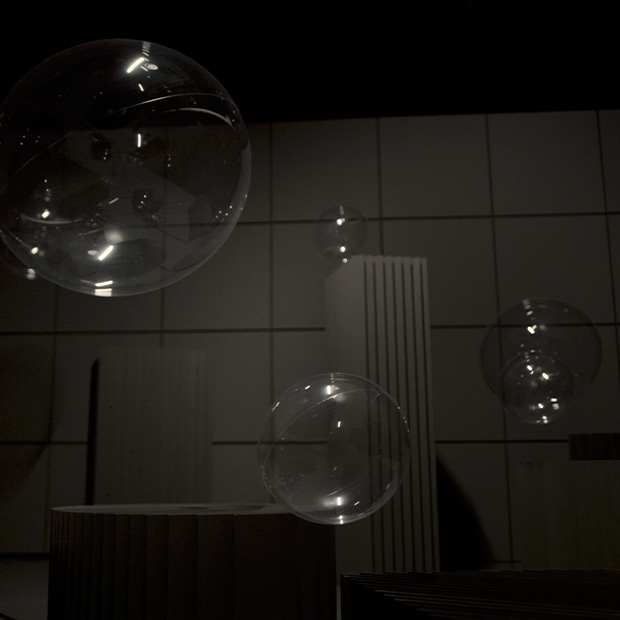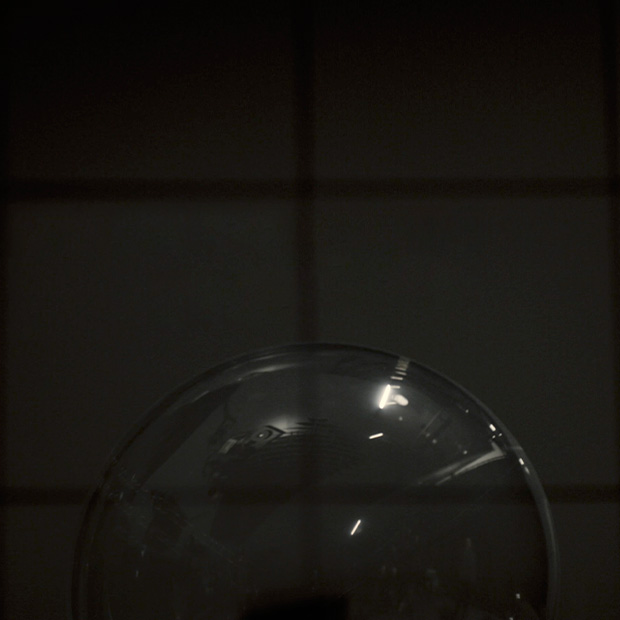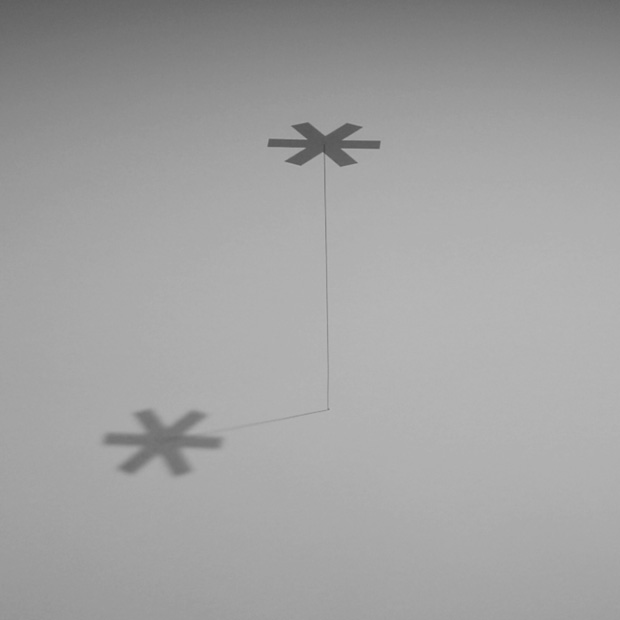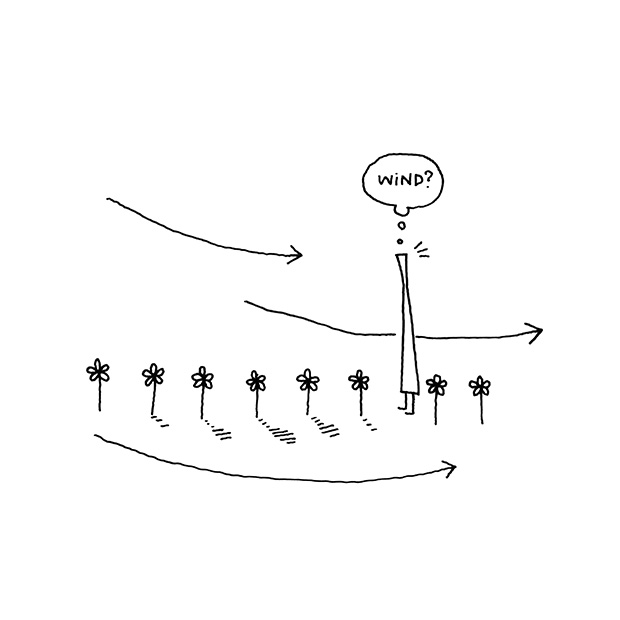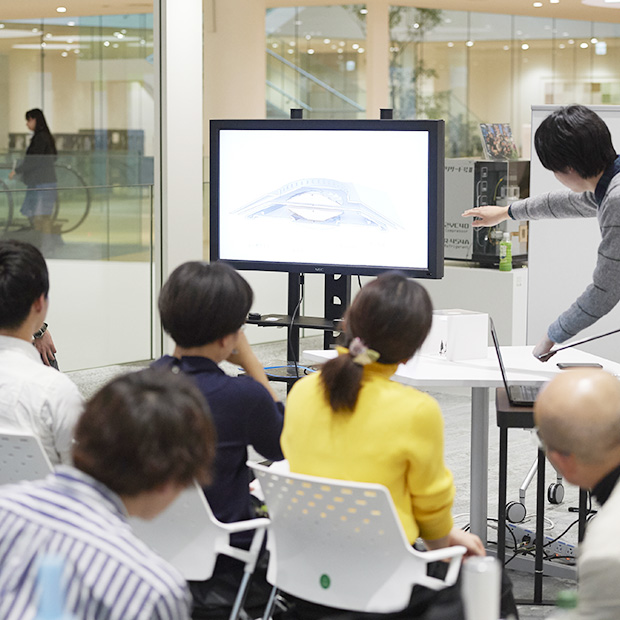Milan Design Week 2019: New Expression of Comfort Created by nendo × DAIKIN —Part 1—
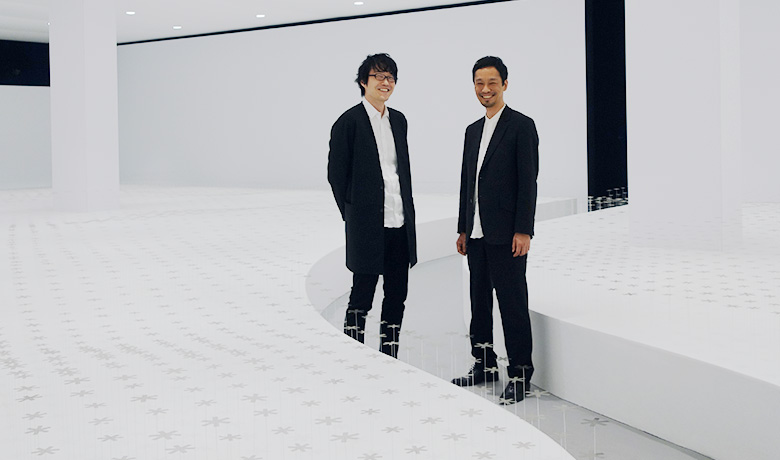
Expressing air using “light” and “shadow”
Koichiro Seki, Leader of the Advanced Design Group (Seki):
At Milan Design Week 2019, the “breeze of light” brought a new feeling of air by the movement of light and shadow in a vast space.
Oki Sato, nendo Chief Designer (Sato):
That’s right. I believe evoking a breeze without a breeze left audiences with a new sensation. Expressing the movement of a breeze by changing the volume of shadow, not of light, with polarizing films is also a new approach for us.
Seki:
That is a very interesting idea. Digital content is also a means to clearly express air with a strong impact; however, at Daikin, we purposefully wanted to use an analog approach in the collaborative exhibition with nendo, which excels in “objects.”
There is light in nature, and materials create shadow. Providing a new experience with this well-known principle must have required much hard work for preparations. I heard that you had created 1/10 mockups and repeatedly tested them in Tokyo from the end of 2018 to accurately design shadow.
Sato:
Exactly. It was large in scale, and we paid much closer attention than ever to the installation because a failure in one of the more than 100 motors suspended from the ceiling could have forced us to close the entire exhibition. It also required much on-site preparations, such as gluing the flower petal parts vertical to the axis. So we spent almost two months making preparations in Milan while changing members.
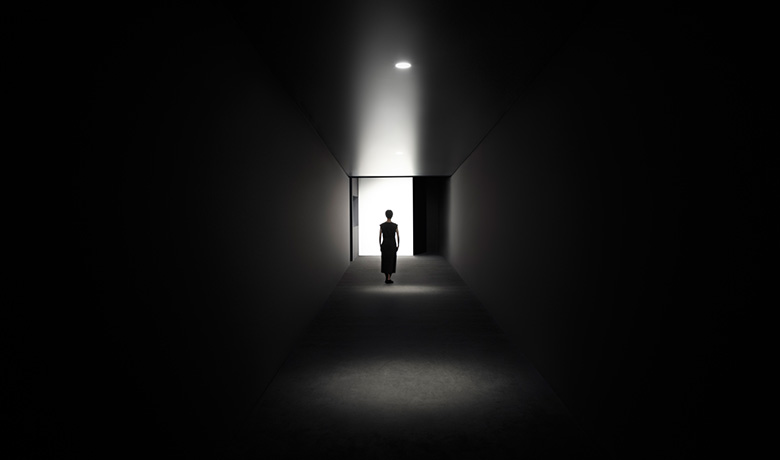
Designing a new feeling of air for the five senses
Seki:
I believe that at the exhibition, we were successful in providing a new feeling of air through design for all of the five senses, including sight. What do you think about it?
Sato:
You are right. The exhibition is designed to appeal to all of the five senses beginning with sight. People usually perceive a breeze and air through their skin. However, our aim in this exhibition is to bring a new feeling primarily through sight by using light and shadow. We expected people would have an unusual sensation and see things differently by experiencing what they are familiar with through other senses.
Seki:
Certainly, beyond the sensations of warmth and coolness (our sense of touch), information perceived through sight is the next most important factor when people perceive air.
The “breeze of light” also incorporated many creative ideas to bring a new feeling of air, such as the blending of fragrances that no one had ever experienced before (sense of smell) and sounds tuned to shadow intensity (sense of hearing). The air conditioning was also designed to prevent a physical breeze from blowing and maintain comfortable temperatures. At the venue, people were guided from a long, dark tunnel to a large white space to create tension and anticipation. Designing for all of the five senses, including sight, allowed us to bring a new feeling of air.
Sato:
That’s true. This results from the perfect fusion of the strengths of nendo and Daikin.
I also felt a positive reaction to the installation from the visitors. Even without knowing the details, many of them said they felt comfortable. Although we had simulated their walking paces and where they would pause, the results were different from what we had expected. Before starting to walk, many people just stood there, holding their breath. I think the exhibition was successful in that visitors felt comfortable without receiving any prior information before viewing it.
Seki:
I agree. Speaking of prior information, it is interesting that visitors who received an explanation before entering the site reacted differently from those who didn’t. Initially, we did not provide much information before showing the designed space. After viewing the installation, visitors were guided to watch an explanation video and see the overall landscape from a higher place. We made efforts to ensure what they intuitively experienced makes logical sense. Many of them got it and said, “That’s the way it works!” After understanding the logic, they said, “I want to watch it again!”
Sato:
Knowing the logic helps people enjoy the exhibition from a different perspective than intuition alone can offer. A new perspective would create another feeling about the experience.
Seki:
Exactly. That’s why we made a change in the middle to provide a brief explanation from a staff member before visitors entered the site and posted a catchy tweet on Twitter: “breeze-evoking space without a breeze.”
Sato:
On the other hand, professionals from the same industry asked many questions about the details, such as the methods to vertically place the axis and put a hole of 0.5 mm diameter on the base. They asked, “How did you do that?”
Seki:
That’s true. We received many questions about the meticulous design.
I think this signifies the fact that the exhibition was very interesting to them, too.
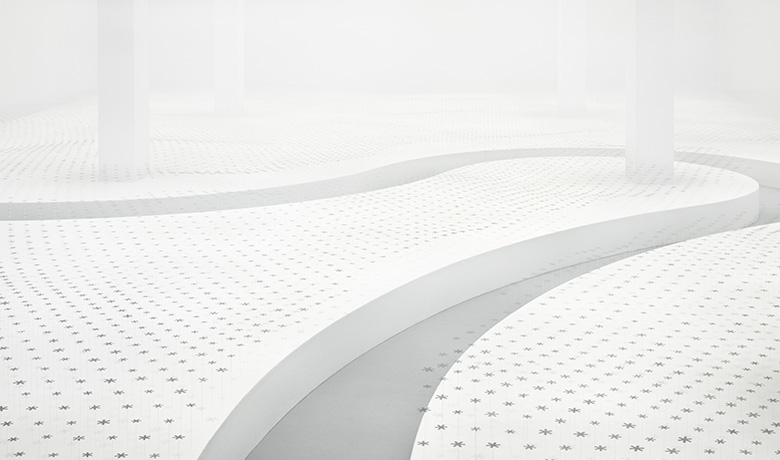
Making people happy through air
Sato:
We welcomed many visitors this year too.
Seki:
Yes, and this exhibition also highly motivated me. I am very pleased to hear many visitors say, “The installation is so Daikin,” and that they identify with Daikin’s efforts to bring a new feeling of air as an air conditioning manufacturer. Conventionally, the focus has been on air conditioners that create comfort through temperature, humidity control, and ventilation; however, this exhibition has motivated me to take on even higher challenges to make people happy through air.
Sato:
This exhibition made me realize that when combined with light, air becomes more perceivable. I found great potential in combining air and light.
Seki:
When we think of air, we often associate it with “air quality,” which leads to discussions about materials such as increasing oxygen, removing harmful substances and odors. However, associating air with a “feeling of air” extends the potential of air to emotional areas, such as serenity and excitement. Considering customers ultimately want emotional satisfaction and experience, we need to design a feeling of air. Based on this idea, we must consider what air quality should be and how can it be transformed to appeal to the five senses beyond the sensations of warmth and coolness. I think this is an attractive aspect of air.







